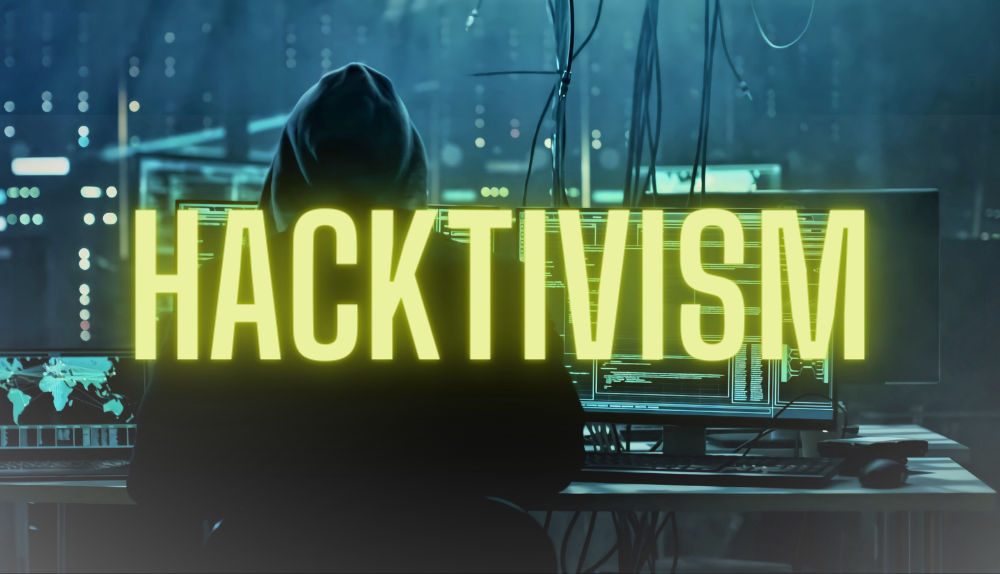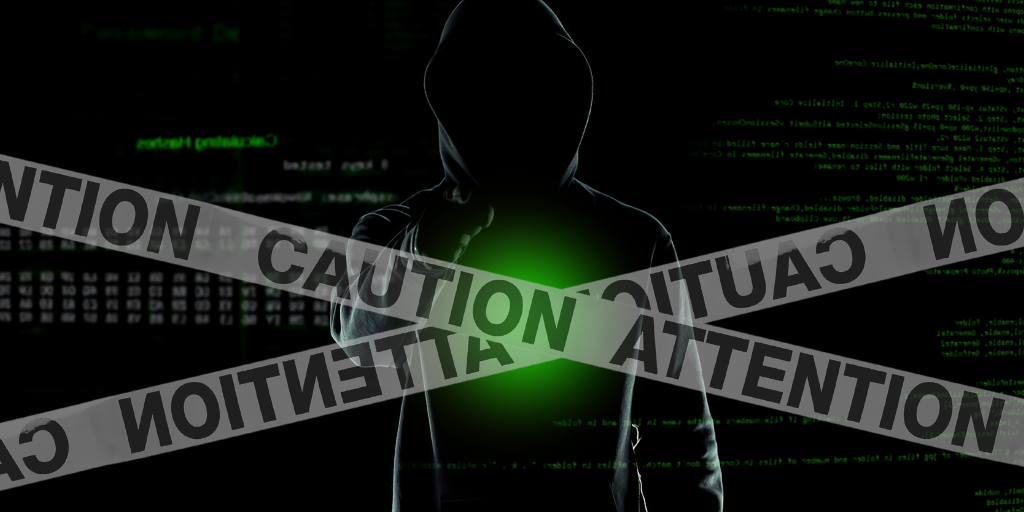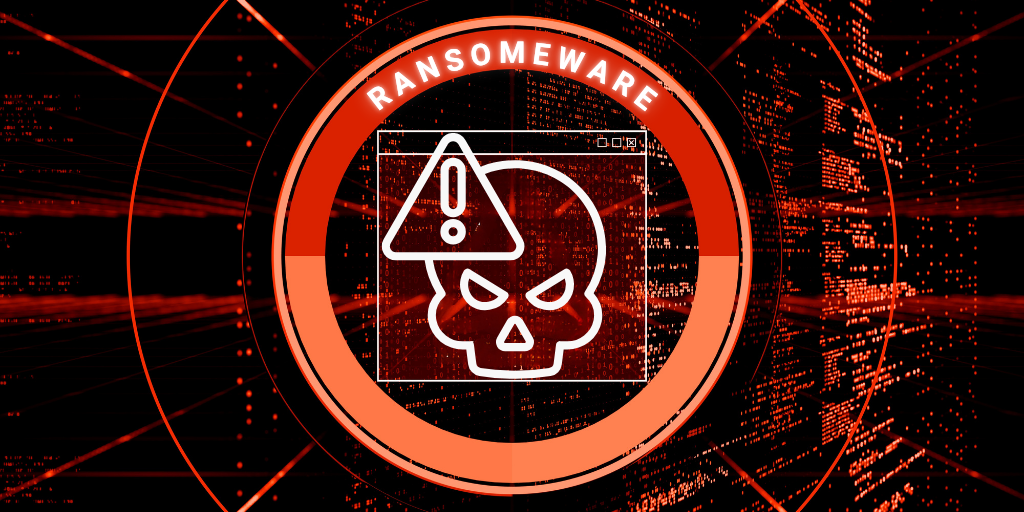The Threat of China's Cyber Hacking Program
The growing concern about China's cyber threat to businesses worldwide is well documented in a report by cybersecurity firm CrowdStrike. This report...

In today's interconnected world, where digital infrastructure plays a vital role in business operations, the threat of cyberattacks looms large. Among the many types of cyber threats, hacktivism has emerged as a significant concern for organizations, including small and medium-sized businesses (SMBs). This article aims to shed light on hacktivism, its potential impact on SMBs, and the importance of staying informed about this issue.
Hacktivism refers to the act of hacking computer systems or networks for political or social reasons. Unlike traditional cybercriminals who target financial gains, hacktivists are driven by ideological motives and use hacking as a means to promote their cause or protest against perceived injustices. Hacktivist groups often operate in the gray area between activism and cybercrime, aiming to expose sensitive information or disrupt the online presence of their chosen targets.
While large corporations and government entities are typically prime targets for hacktivist groups, SMBs should not underestimate the potential risks they face. The attack on the city of Fort Worth's online system serves as a stark reminder that no organization is immune to such threats. Hacktivists can compromise sensitive data, damage a company's reputation, and cause financial losses. The fallout from an attack can be particularly devastating for SMBs, which often lack the robust cybersecurity measures and resources of larger enterprises.
Given the rise in hacktivist activities and the evolving cybersecurity landscape, SMBS must be aware of the risks they face. While the examples provided in this writing focus on educational institutions and a city's online system, the underlying message applies to all SMBs. By understanding the motives and methods employed by hacktivist groups, organizations can take proactive steps to safeguard their digital assets and customer data.
3. Be cautious of untrusted sources: Avoid downloading software or files from untrusted sources, as they may introduce malware into your systems. Stick to reputable sources and verify the authenticity of downloads.
4. Practice good cyber hygiene: Employ basic security practices such as using modern anti-malware software, enabling multi-factor authentication, applying zero-trust principles, and protecting sensitive data.
5. Educate employees: Provide comprehensive training and awareness programs to employees, emphasizing the importance of cybersecurity practices and recognizing potential threats like phishing attempts.
Hacktivism poses a tangible threat to SMBs, necessitating a proactive approach to cybersecurity. By understanding the motives and methods of hacktivist groups and adopting best practices for online security, small and medium-sized businesses can fortify their defenses against cyber threats. While no system can be entirely impervious to attacks, staying informed and taking necessary precautions can significantly reduce the risk of falling victim to hacktivism.
By prioritizing cybersecurity, SMBs can protect their data, preserve their reputation, and ensure the continuity of their business operations in an increasingly digitized world.

The growing concern about China's cyber threat to businesses worldwide is well documented in a report by cybersecurity firm CrowdStrike. This report...

In the relentless battle against cyber threats, CISOs must adopt dynamic and proactive strategies to safeguard their organizations in 2025.

As reported last evening on 60 Minutes, ransomware attacks have become increasingly sophisticated, and businesses and institutions face an escalating...